Best movies like Added Attractions: The Hollywood Shorts Story
A unique, carefully handpicked, selection of the best movies like Added Attractions: The Hollywood Shorts Story Starring Chevy Chase, Leonard Maltin, and more. If you liked Added Attractions: The Hollywood Shorts Story then you may also like: Waldo Salt: A Screenwriter's Journey, The Wall, We Work Again, The Nifty Nineties, One Froggy Evening and many more popular movies featured on this list. You can further filter the list even more or get a random selection from the list of similar movies, to make your selection even easier.
The story of the short film from the beginning of the movies in the 1890s, when all movies were shorts, through the 1950s when short subjects virtually disappeared from theaters.
You may filter the list of movies on this page for a more refined, personalized selection of movies.
Still not sure what to watch click the recommend buttun below to get a movie recommendation selected from all the movies on this list
The Wall
Like the best USIA films, The Wall distills political events into an emotionally clear and compelling ideological "story". In 1962 Walter de Hoog gathered footage from U.S. and German newsreel sources and crafted this taut short film about the first year of the Berlin Wall. Straightforward, keenly balanced narration portrays Berliners as "accepting the wall but never resigned to it". The extraordinary footage of the first escapes was propaganda enough-- His challenge was to make the politics human.
We Work Again
The role of African Americans in the recovery years of the Great Depression is the subject of this informational short, which offers an idealized depiction of life in a segregated society. The highlight, by far, is rare footage of Orson Welles’s “Voodoo Macbeth,” produced in 1935 for the New York Negro Unit of the WPA’s Federal Theatre Project.
The Nifty Nineties
Mickey courts Minnie in the Gay Nineties: they take in a vaudeville show and go for a drive in his horseless carriage, to the strains of "While Strolling Through the Park" and "In the Good Old Summertime". Goofy rides by on a penny-farthing bicycle, and the whole Duck family rides by on a bicycle built for five.
One Froggy Evening
A workman finds a singing frog in the cornerstone of an old building being demolished. But when he tries to cash in on his discovery, he finds the frog will sing only for him, and just croak for the talent agent and the audience in the theater he's spent his life savings on.
Opening of the Kiel Canal
The opening of the Kiel Canal in Germany by Kaiser Wilhelm II on 20 June 1895.
Rough Sea at Dover
The surf pounds against a breakwater on which are visible several people standing. The wall looks to be about 20 feet above sea level and extend at least 100 feet into the water. A large wave rolls picturesquely along the wall toward the shore. Smaller waves follow. Then the scene changes to river water flowing. We see both shores: in the foreground a log and tree branch are visible; on the far shore, there appears to be a low wall with trees beyond it. The camera is stationary in both shots.
The Joy of Life
A blending of documentary and experimental narrative strategies, combining stunning 16mm landscape cinematography with a bold, lyrical voice-over to share two San Francisco stories: the history of the Golden Gate Bridge as “suicide landmark,” and the story of a butch dyke in San Francisco searching for love and self-discovery. The Joy of Life is a film about landscapes, both physical and emotional.
BaadAsssss Cinema
With archive film clips and interviews, this brief look at a frequently overlooked historical period of filmmaking acts as an introduction rather than a complete record. It features interviews with some of the genre's biggest stars, like Fred Williamson, Pam Grier, and Richard Roundtree. Director Melvin Van Peebles discusses the historical importance of his landmark film Sweet Sweetback's Baadasssss Song. For a contemporary perspective, the excitable Quentin Tarantino offers his spirited commentary and author/critic bell hooks provides some scholarly social analysis.
Flagpole Jitters
The stooges are taking care of their invalid friend Mary who is confined to wheelchair. At their jobs in a theater, where they hope to earn money for an operation for Mary, they witness a hypnotist, doing his act. The stooges become subjects for his show and are hypnotized into walking out on a flagpole high above the ground. When they come out of their trance and realize their predicament they fall into a window and foil a robbery in progress thus earning reward money to pay for Mary's operation.
Frank Film
A compilation of images co-creator Frank Mouris had collected from magazines interwoven with two narrations, one giving a mostly linear autobiography and the other stating words having to do with the images, the story the first voice is relating, or neither.
Gerald McBoing-Boing
The story of a little boy who would only talk in sound effects. With story by Dr. Seuss (and Bill Scott of Rocky and Bullwinkle fame) this cartoon won the Oscar for best short subject (animated) for 1950.
Going to Pieces: The Rise and Fall of the Slasher Film
This historical and critical look at slasher films, which includes dozens of clips, begins with Halloween, Friday the 13th, and Prom Night. The films' directors, writers, producers, and special effects creators comment on the films' making and success. During the Reagan years, the films get gorier, budgets get smaller, and their appeal wanes. Then, Nightmare on Elm Street revives the genre. Jump to the late 90s, when Scream brings humor and TV stars into the mix.
Sex and Buttered Popcorn
Actor Ned Beatty hosts a look at the genre known as "exploitation" films. Interviews with some of the producers and directors of these films are shown, along with scenes from and trailers for some of these films.
Men Boxing
Experimental film fragment made with the Edison-Dickson-Heise experimental horizontal-feed kinetograph camera and viewer, using 3/4-inch wide film.
Monkeyshines, No. 1
Experimental film made to test the original cylinder format of the Kinetoscope and believed to be the first film shot in the United States. It shows a blurry figure in white standing in one place making large gestures and is only a few seconds long.
Puss in Boots
A boy falls for a princess, his cat for hers. But her father does not like the idea of a commoner marrying a noblewoman and kicks him out. After seeing a Rudolpho Valensino movie at the local theater his cat has the idea that he could try impressing the king as bullfighter, to win his daughters hand. Bullfighting is relatively easy, when you can hypnotize the bull, but why does his cat need new boots ?
Stereo (Tile 3B of a CAEE Educational Mosaic)
Disguised as an educational film. Stereo purports to be a report on the "Canadian Academy of Erotic Inquiry's" experiments to induce telepathy in eight experimental subjects. It follows the effects of the experiment using the theoretical framework of the parapsychologist Luther Stringfellow. The film is virtually silent except for commentary by the experimenters.
Terror in the Aisles
A non-stop roller coaster ride through the scariest moments of the greatest terror films of all time.
This Is Cinerama
This is Cinerama is a 1952 full-length film designed to introduce the then-new widescreen process Cinerama, which broadens the aspect ratio so the viewer's peripheral vision is involved. This is Cinerama premiered on 30 September 1952 at the New York Broadway theatre, in New York City. The film includes scenes of the roller coaster from Rockaways' Playland, then moves on to a scene of the temple dance from Aida, views of Niagara Falls, a Viennese choir, scenes of the canals of Venice, a military tattoo in Edinburgh, a bullfight, more from Aida, a sound demonstration in stereo, scenes from the amusement park in Cypress Gardens, Florida for a water skiing sequence, and the playing of America the Beautiful as scenes are shown from the nose of a low flying B-25.
Toot, Whistle, Plunk and Boom
In this short subject (which mostly represents a departure from Disney's traditional approach to animation), a stuffy owl teacher lectures his feathered flock on the origins of Western musical instruments. Starting with cavepeople, whose crude implements could only "toot, whistle, plunk and boom," the owl explains how these beginnings led to the development of the four basic types of Western musical instruments: brass, woodwinds, strings, and percussion.
The Truth About Mother Goose
We learn the true stories behind various nursery rhymes. Little Jack Horner: a servant to a city official was delivering a present to King Henry VIII, baked, as was the custom of the time, in a pie. The present was the deed to a valuable estate, which Horner stole. Mary, Mary, Quite Contrary: Mary Stuart brought "quite contrary" French style to the Scottish court. After a series of disastrous romances, she was jailed; the jailer's son, captivated by her, helped her escape. After a brief but disastrous attempted coup, she fled to England, where her sister, Queen Elizabeth, soon grew jealous and had her imprisoned. London Bridge: The bridge, finished in 1209, was soon lined by shops with luxury apartments upstairs, turning into a popular commercial and cultural zone. The Great Fire that broke out in 1666 spread to the bridge, but the houses were rebuilt. Over the ages, things decayed. In 1823, things finally got bad enough that the bridge was demolished and replaced.
A Story of Children and Film
A meticulous essay on the presence and representation of children in the history of cinema, in which cinematographies from all over the world are analyzed.
By Sidney Lumet
An analysis of director Sidney Lumet's work (12 Angry Men, Dog Day Afternoon, Before The Devil Knows You're Dead) in his own words, based on a five-day interview recorded shortly before his death.
Something Short of Paradise
A young couple in New York are having problems with their relationship.
The Celluloid Closet
This documentary highlights the historical contexts that gay, lesbian, bisexual and transgender individuals have occupied in cinema history, and shows the evolution of the entertainment industry's role in shaping perceptions of LGBT figures. The issues addressed include secrecy – which initially defined homosexuality – as well as the demonization of the homosexual community with the advent of AIDS, and finally the shift toward acceptance and positivity in the modern era.
That's Sexploitation!
Before the advent of modern-day pornography, a vast and rapidly-paced world of smut peddling was the norm, complete with its own secret history. This documentary reveals the untold story of American cinema's gloriously sordid cinematic past. Starting in the 1920s, expert exploiteer David F. Friedman and Henenlotter navigate us through more than five salacious decades of skin flicks. It's the true story of dirty movies, traced in elegant detail from the bizarre locations where these nudie shorts were screened to the ongoing legal battles fought by their promoters. And of course there are the stories of the innovators themselves, people who often risked their own security and livelihood to make these films, believing in some way that what they were doing wasn't a 'bad' thing - and that it could rake in some dough.
Midnight Edition
After interviewing a convicted killer, a reporter becomes obsessed with his mesmerizing subject. When his life is threatened, he comes to his senses, but it may be too late to save his family.
Have You Seen My Movie?
An enthralling montage of moments of cinema-going extracted from movie history exploring the entire film-going experience: underage boys attempting to get in to a cinema to see some bare flesh; pretentious debates in the queues; loading choc ices into trays, and of course the trailers and the main feature. Films from every genre play as lovers meet, criminals hide in the dark and rapt audiences watch on.
Lon Chaney: A Thousand Faces
Lon Chaney, the silent movie star and makeup artist, renowned for his various characterizations and celebrated for his horror films, becomes the subject of this documentary.
Complicated Women
Looks at the stereotype-breaking films of the period from 1929, when movies entered the sound era, until 1934 when the Hays Code virtually neutered film content. No longer portrayed as virgins or vamps, the liberated female of the pre-code films had dimensions. Good girls had lovers and babies and held down jobs, while the bad girls were cast in a sympathetic light. And they did it all without apology.
Glorious Technicolor
The history of color photography in motion pictures, in particular the Technicolor company's work.
Eurocrime! The Italian Cop and Gangster Films That Ruled the '70s
A documentary concerning the violent Italian 'poliziotteschi' cinematic movement of the 1970s which, at first glance, seem to be rip-offs of American crime films like DIRTY HARRY or THE GODFATHER, but which really address Italian issues like the Sicilian Mafia and red terrorism. Perhaps even more interesting than the films themselves were the rushed methods of production (stars performing their own stunts, stealing shots, no live sound) and the bleed-over between real-life crime and movie crime.








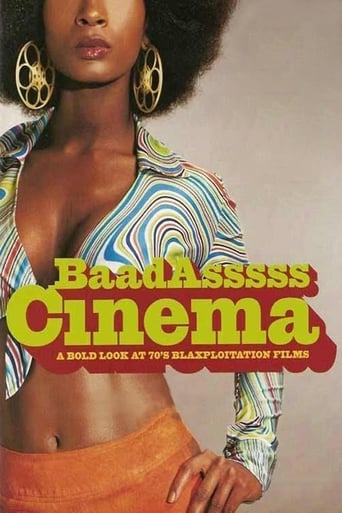









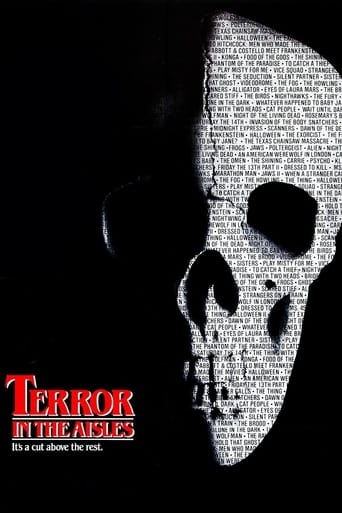





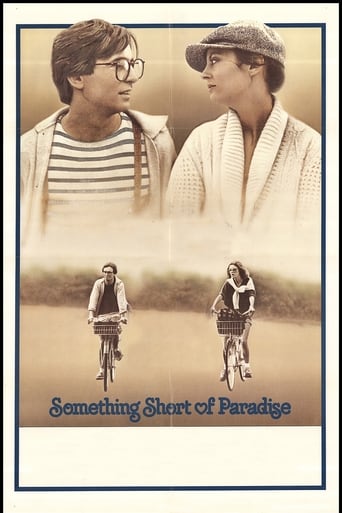






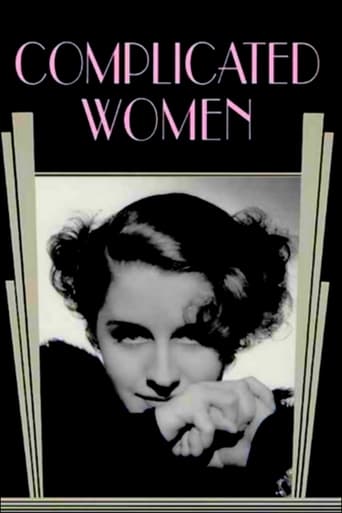
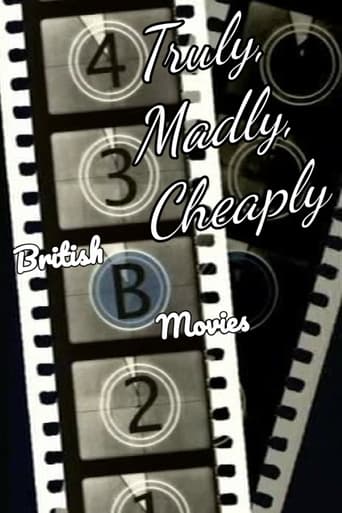



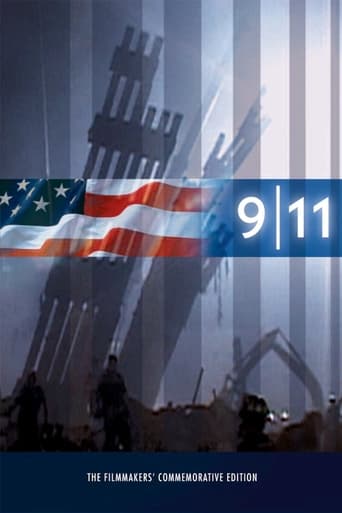

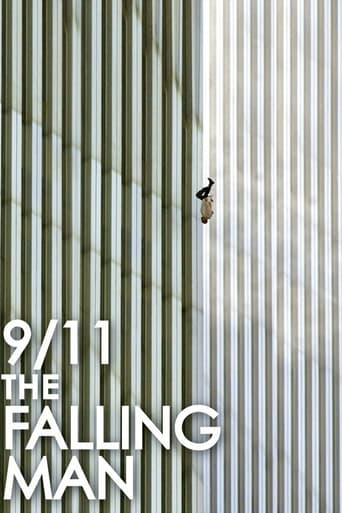
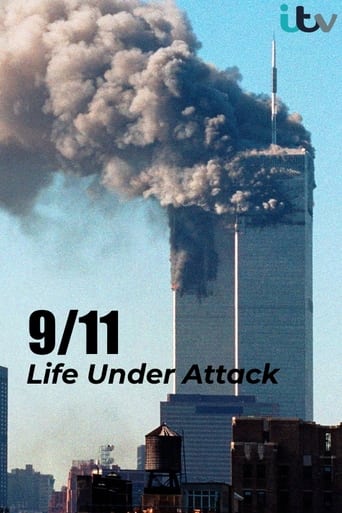
Waldo Salt: A Screenwriter's Journey
Documentary is about the life and work of American screenwriter Waldo Salt who won two Academy Awards and was put on the Hollywood blacklist in the 1950s. The story is told through interviews with collaborators and friends such as Dustin Hoffman, Robert Redford, Jon Voight, John Schlesinger and with clips from Salt's films, chiefly Midnight Cowboy.